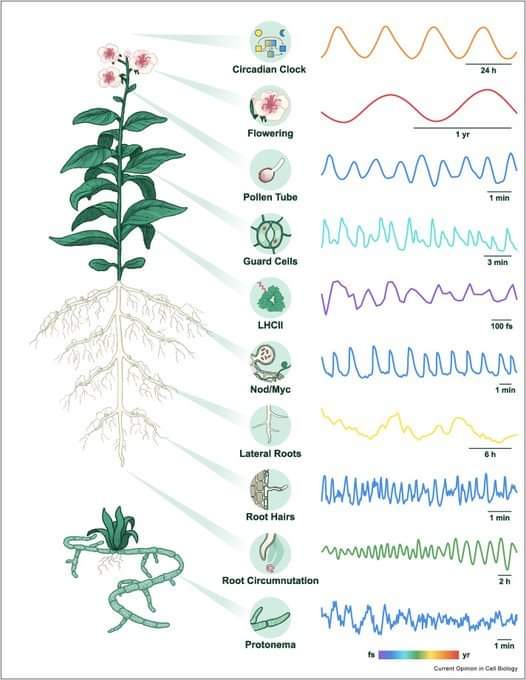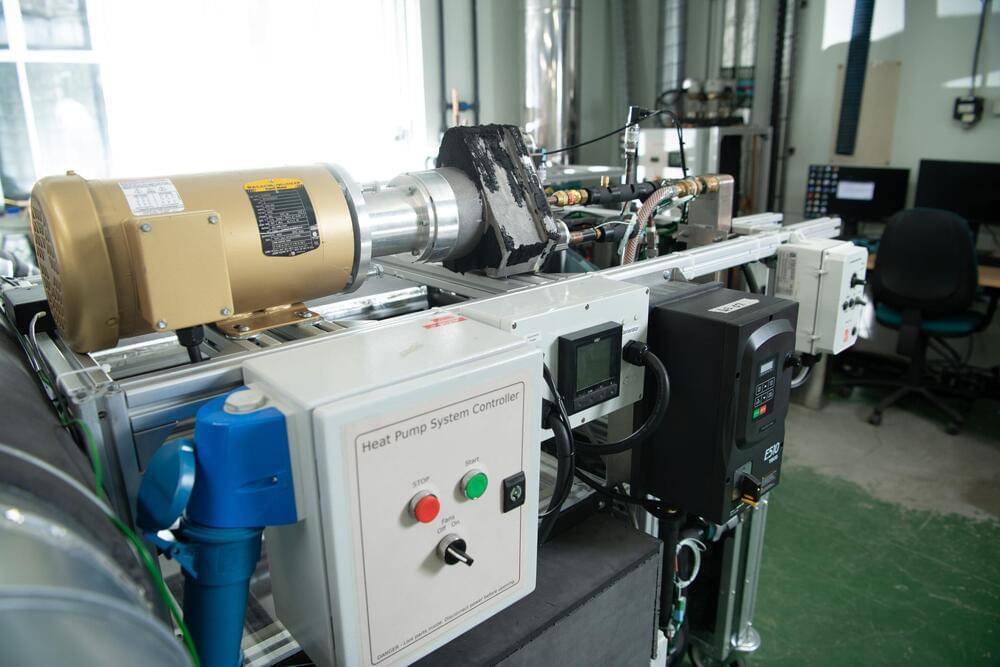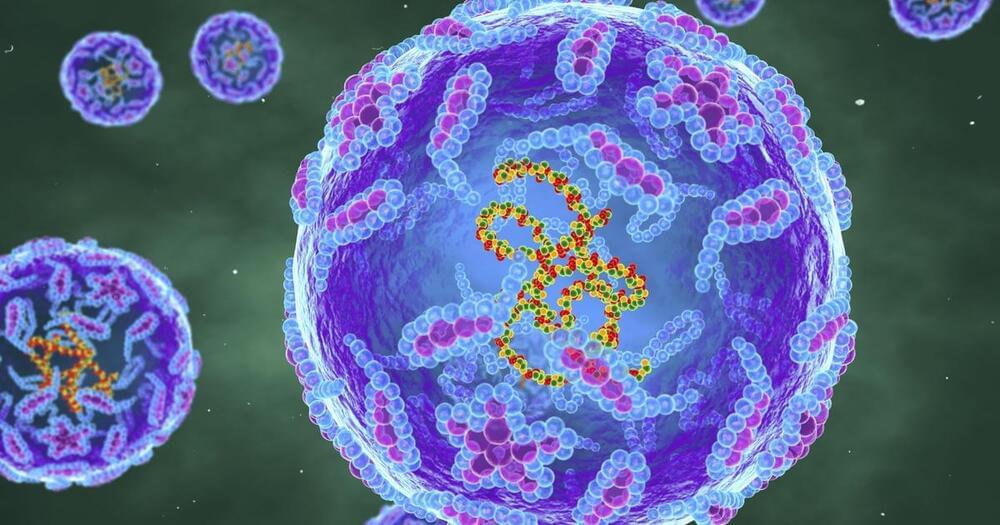A team of researchers in the U.S. and China have developed a new paradigm for enabling communication between humans and AI systems.
Artificial intelligence systems are opaque, especially to people without a relevant technical background and enough time to dig into the code.
But it doesn’t have to be that way.
That’s why teams of researchers worldwide are racing to develop AI systems that can communicate with their human operators in a language they can understand. One of those teams has just made a big step forward. In a paper published on July 13th in the peer-reviewed journal Science Robotics, a team of researchers from the U.S. and China presents a framework for what they call “explainable artificial intelligence,” or XAI.








